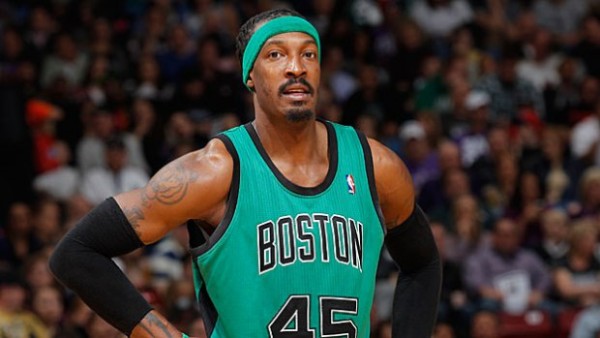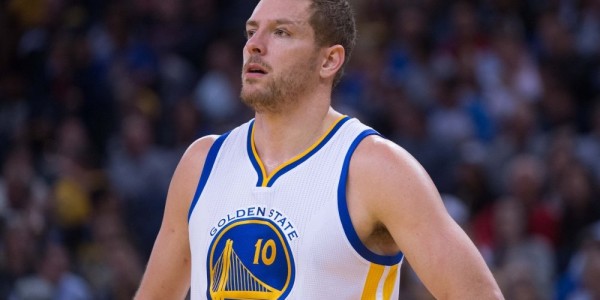The Boston Celtics just got a whole of a lot better by trading with the Golden State Warriors for David Lee, while getting rid of the now useless Gerald Wallace.
The Warriors took back $10 million in salary by acquiring Wallace in the trade but they don’t mind because of the stretch provision (which we’ll discuss further down this post). The Celtics got Lee on a one-year, $15 million rental, but now have a player who should be able to put up nice numbers in big minutes again, providing the Celtics with some under-the-basket offense they’ve been lacking.

Lee was somewhat frozen last season. An injury didn’t help, but he played only 18.4 minutes a night after being a starter for the Warriors since arriving in 2010. No one really complained as the championship rings came, but Lee, averaging 7.9 points and 5.2 rebounds in those short visits to the hardwood floor, can still produce at a much higher level and consistently, especially in the Eastern conference.
The Celtics surprised many by making the playoffs last season, and aren’t planning on taking a step back. Lee might not exactly fit the youth movement going on in Boston, but aside from his weak defense, he gives teams an excellent rebounder and a player who plays very well off the pick and roll, something the Warriors used very few times during the NBA Finals.

The only question regarding Wallace is whether or not the Warriors keep him. They did save $5 million in cap space which means a lot more in luxury tax money, but they’re not going to keep him, are they? He played only 32 times last season. He averaged 8.9 minutes a night, scoring 1.1 points and grabbing 1.8 rebounds. In short, he’s of no use to anyone right now, and they’ll probably use the stretch provision.
The 2011 CBA made it possible for teams to cut players and use the stretch option, which means spreading the remaining guaranteed salary (and its accompanying cap hit) over twice the remaining length of the contract, plus one year. For Wallace, who’ll make $10.1 million next season, it means turning that into $3.36 million over three years, which really doesn’t sound too bad once the salary cap is at $89 million or even more.
